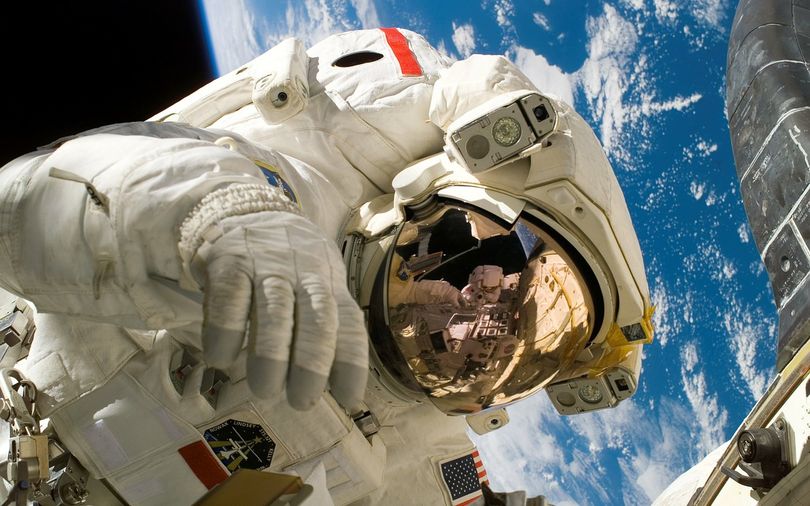
NASA will 3D-print equipment in space to help study astronauts' health


US space agency NASA has launched a new project that will study the effect of microbes and microgravity on astronauts' health with the help of equipment which will be 3D-printed in space.
The project is being handled by NASA's Jet Propulsion Laboratory (JPL) in Pasadena, California. NASA's Translational Research Institute for Space Health (TRISH) and Baylor College of Medicine will also join the effort and try to understand the immune system of astronauts.
Scientists are keen to find out why immune systems are weaker after spending time in space, among other health-related issues.

“You don’t have overnight mail when you go to space,” JPL’s Kasthuri Venkateswaran was quoted as saying by a 3D printing news portal. “You have to do all the analysis by yourself. This project will develop an automated system for studying molecular biology with minimal crew intervention.”
In order to save space on the International Space Station (ISS), astronauts will 3-D print the necessary apparatus.
The experiments for the project will need 3D-printed plastic cartridges to extract nucleic acids from blood or saliva samples using an automated DNA/RNA (ribonucleic acid) extractor, so the samples can then be analysed using the MinION sequencing tool.

The cartridges have to be printed in such a way that the samples don't escape in microgravity.
Another space-related 3D printing project is the A3DPT-2-Mars.
International scientists working on the project will look at how spare parts might be manufactured on the surface of the red planet.
Space scientists have turned to 3D printing of late to address some common problems.

At an event last October, NASA official Douglas Terrier had explained how 3D printing can help manufacture spare parts for space travel. He had said that it addresses the problem of space wastage on the ISS.
“Spare parts surprisingly are biggest consumable…taken into space, because…you can’t get one from a shop up there,” Terrier said.
He said every spare part was incredibly expensive in mass and also took a toll on fuel consumption.

